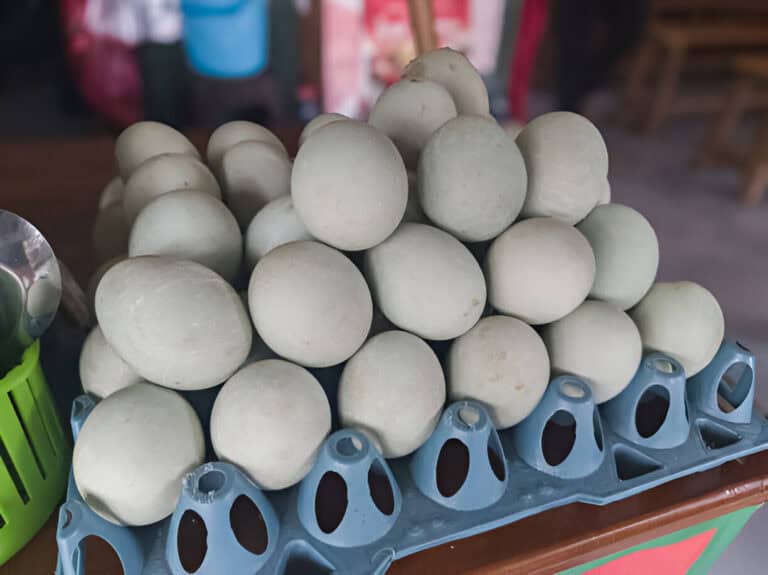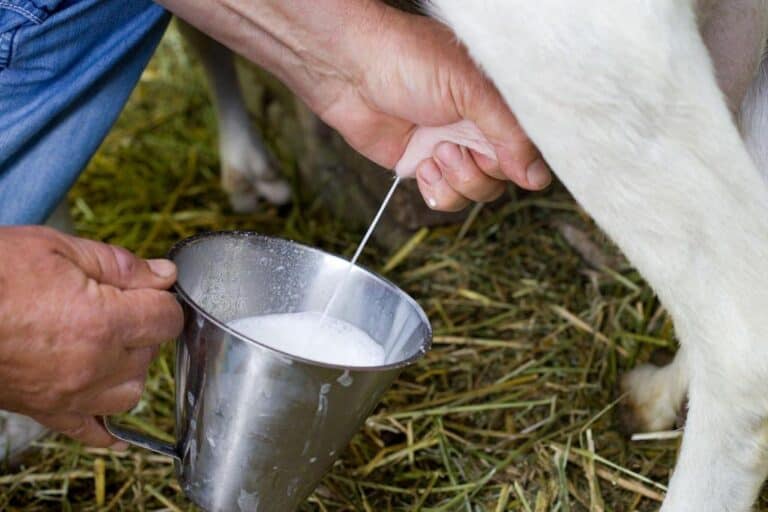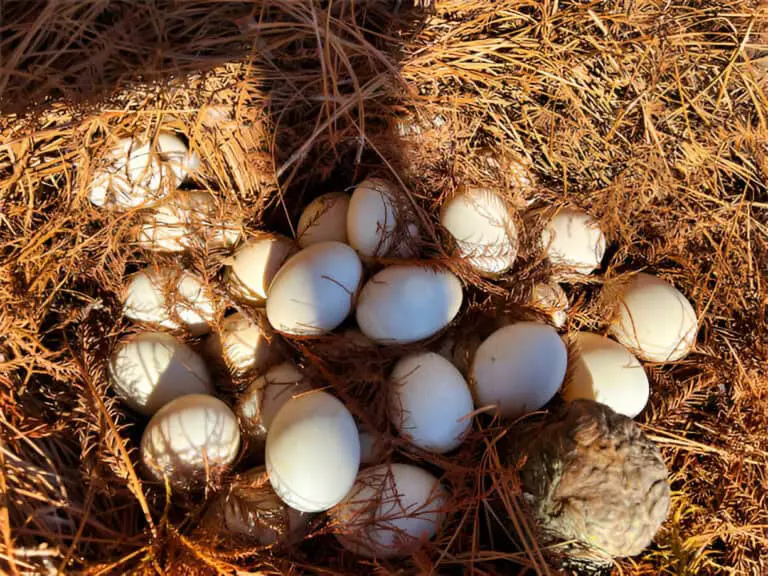Are Chickens Warm-blooded or Cold-blooded? Here’s the Clucking Truth
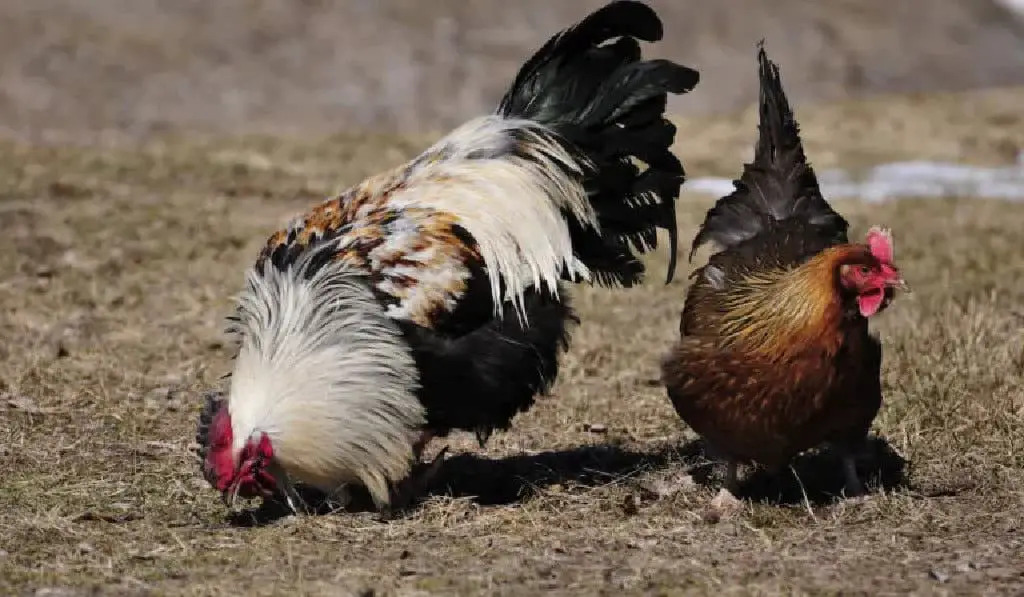
Chickens and reptiles share some intriguing traits. However, this doesn’t mean they are both cold-blooded. Like snakes, lizards, and turtles, they do lay eggs, but there are many differences between the two.
Do chickens have cold or warm blood? Chickens are warm-blooded creatures that belong to the fowl family. These animals can control their body temperature. Because of this, they stay warm in different climates. For their bodies to operate correctly, they need to keep their internal body temperature constant.
It can be challenging to tell warm-blooded animals from cold-blooded ones. Many species share similar traits and characteristics. Chickens are unusual creatures that are frequently misinterpreted. You can become more familiar with them and their bodily functions by reading the following information.
The Different Characteristics of Warm-Blooded and Cold-Blooded Animals
The distinctions between warm-blooded and cold-blooded animals are numerous. Depending on which group individuals fall into, their bodies react to external factors in quite diverse ways.
Environment and Temperature
Warm-blooded animals, like chickens, can keep their body temperatures steady in different environments. Warm-blooded creatures can tolerate temperature variations in the environment with ease, unless it is exceptionally hot or cold. They have little trouble hunting and moving about in both hot and cold conditions.
Internal temperature regulation is impossible for cold-blooded creatures like snakes and lizards. This implies that they need external assistance to keep their temperature constant. The temperature of their surroundings will affect their core temperature.
Unless they locate a warmer place, their core temperature will drop to 35 °F if the outside temperature falls to that level. Higher temperatures will have the same effect. In hot or cold settings, cold-blooded creatures find it hard to function. They often move very little.
| Check out: Ground vs. Raised Chicken Coops: Which is Better for Your Flock? |
Energy and Body Function
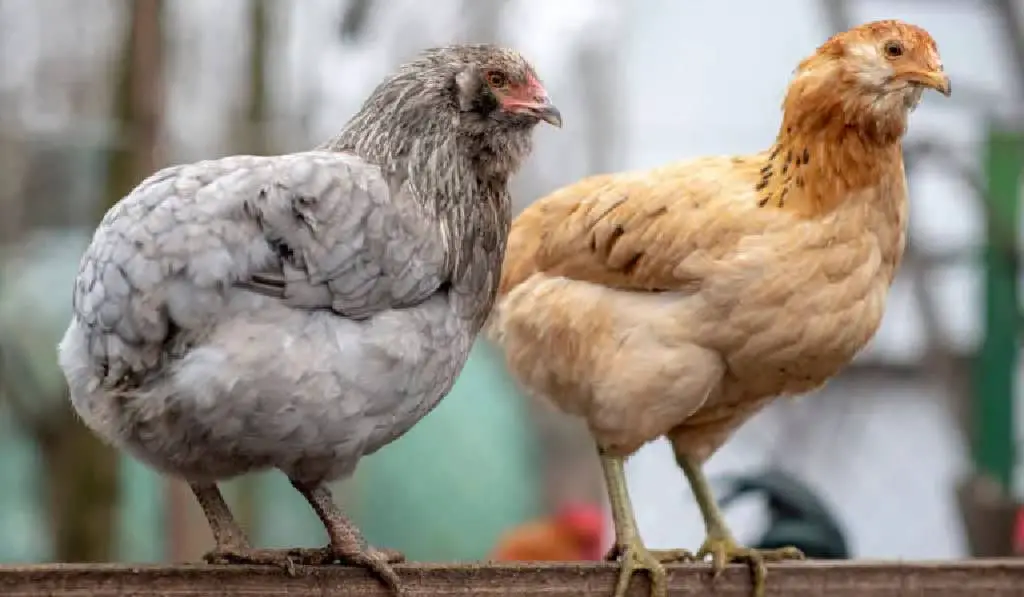
Regular feeding is necessary for the survival of warm-blooded animals. The meals they consume provide them with energy. They cannot operate correctly or sustain their internal temperature if they do not have a sufficient quantity of food.
Warm-blooded animals’ bodies will not work correctly if they are unable to control their body temperature. For warm-blooded creatures, starvation can swiftly prove to be lethal.
Warm-blooded animals may survive in various climes if they are fed the right kind of food. They will be searching for food sources even in cold weather.
Since cold-blooded creatures get their energy from sources other than food, they can go for extended periods of time without eating a lot. These creatures get their energy from their surroundings.
It is not unusual to see lizards and turtles relaxing in the sun because they rely on the sun’s energy and warmer temperatures to move and function.
However, they have less energy and can’t travel as fast in cooler temperatures. Reptiles rarely appear in cold climates. Their bodies can’t handle low energy, so they stay dormant during these times. (Reference)
What Is Thermoregulation in Chickens?
Chickens use their respiratory system to thermoregulate their body temperatures. Their complex respiratory systems carry out several functions, one of which is to eliminate extra heat from a chicken’s body.
All birds, like chickens, are homeothermic. This means they control their body temperature. Chickens’ bodies naturally generate heat, which needs to be released to prevent overheating.
When chicken coops are exposed to hot temperatures, their internal systems will likewise become hotter. Homeothermic animals, like chickens, release excess heat through their skin and breathing. This helps them manage their body temperature.
To let heat escape, a hot chicken may spread his wings apart from his body. When there is shade available, a chicken will seek it out to help cool down.
To chill their bodies faster, they will also breathe more quickly. Chickens’ feathers and body fat help them keep their body temperature stable in cold weather.
The Science Behind Chicken Behavior and Thermoregulation
Chickens have some fascinating ways of handling heat and cold without much human help. When temperatures rise, they instinctively seek shade, spread their wings, and even pant to cool down. Dust bathing, while it may look like just fun, actually helps regulate body temperature and control parasites that could stress their system.
Social behaviors also play a role in thermoregulation. Chickens huddle together for warmth in cold weather, using their flock structure to stay comfortable. Dominant birds may claim the best spots, which can impact how well weaker birds stay warm or cool.
Here’s a brief look at how behavior connects to temperature control:
| Behavior | Temperature Benefit |
| Dust bathing | Cools body, reduces stress |
| Shade-seeking | Prevents overheating |
| Group huddling | Conserves warmth in cold weather |
Stress can throw all of this off. A stressed chicken struggles to regulate body heat, making flock management even more essential.
Can Chickens Become Overly Hot or Cold?
Despite their ability to thermoregulate, chickens can still become too hot or too cold, which can sometimes be fatal. Chickens may not be able to thermoregulate in severely hot or cold temperatures.
A chicken may find it difficult to regulate its internal body temperature if it is ill or injured. Young hens struggle to keep a steady temperature. They are especially weak against harsh weather.
During severe weather, it is crucial to give your hens a place to stay. The shelter will help them thermoregulate when needed to prevent overheating or freezing.
| Read: Should I Put Water Inside or Outside Chicken Coop? |
Implications for Poultry Farming and Welfare
Understanding how chickens regulate their body temperature can greatly improve how we care for them on farms. When poultry farmers recognize the signs of heat stress or cold discomfort, they can adjust ventilation, lighting, and bedding to create a healthier environment. These small changes can lead to better growth, egg production, and overall flock happiness.
The welfare of chickens depends heavily on the environment we provide. Proper shelter, shade, clean water, and space to move all play a role in keeping body temperatures stable. Even temperature fluctuations between day and night can affect their well-being.
Here’s how management decisions influence chicken welfare:
| Management Factor | Thermoregulation Benefit |
| Ventilation systems | Prevents overheating |
| Dry, clean bedding | Helps maintain core warmth |
| Shelter and shade | Reduces heat stress |
Looking ahead, researchers continue exploring how genetics and behavior affect thermoregulation, which could shape smarter, more humane poultry practices.
Concluding remarks
Chickens are genuinely fascinating creatures, and their bodies are capable of astonishing feats. Healthy chickens, like other birds, can control their body temperature in various weather conditions. They are warm-blooded members of the fowl family. They can thrive in conditions that are simply too frigid for creatures with cold blood.


